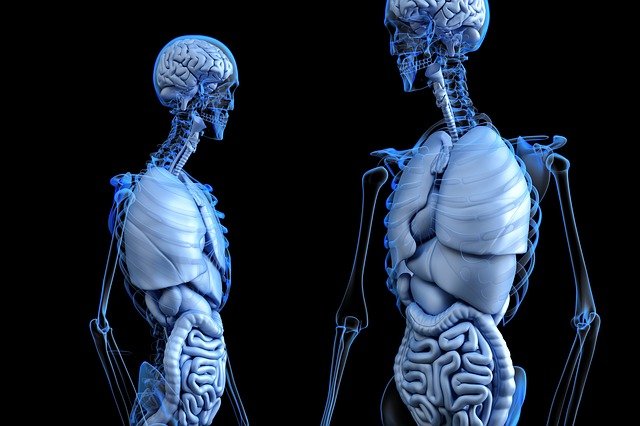May 31, 2022 – About 7% of the U.S. population – including those with celiac disease and gluten sensitivities – experience symptoms like belly pain, diarrhea, and chronic fatigue when they eat gluten. The only known treatment is a gluten-free diet, which can be a big challenge because even many “gluten-free” products include trace amounts of the troublesome proteins.
That contamination can take place at any point, from farm to fork, says Luis Tortajada-Genaro, PhD, a researcher at the Polytechnic University of Valencia, Spain. New gluten-detecting technology is advancing to enable better control and more safety.
In the latest innovation in this quest, Tortajada-Genaro and his team have come up with a system that detects gluten simply and quickly in food. The test, described in a new paper in the journal Food Control, reveals not just the presence of gluten but also its concentration – and it involves snapping a picture with your smartphone.
As a bonus, this system may also help in food fraud prevention by exposing meat products tainted with grains, which some manufacturers add to improve texture and reduce costs, he says.
“The protection of the consumer against foodborne illnesses and fraudulent practices requires cheaper, simpler, and faster methods,” Tortajada-Genaro says. This new system aims to check all three boxes.
How Can a Smartphone Detect Gluten?
The system works by detecting gluten DNA in food, Tortajada-Genaro says. Typically, a sample must be analyzed in a lab by a specialist, which can take several hours to generate results, he says. But this system, which is similar to an antigen test, can do it in less than 2 hours.
Simply take a food sample, grind it up, and mix it with “gold nanoparticles,” tiny gold bits that can trigger chemical reactions. Wait 10 minutes for that gold to pull out the gluten’s DNA. Then place 3 drops on a plastic slide and snap a picture with your phone.
Results are delivered to your phone in an easy-to-read color format. “The redder it is, the more gluten concentration there is in that food,” says Tortajada-Genaro.

